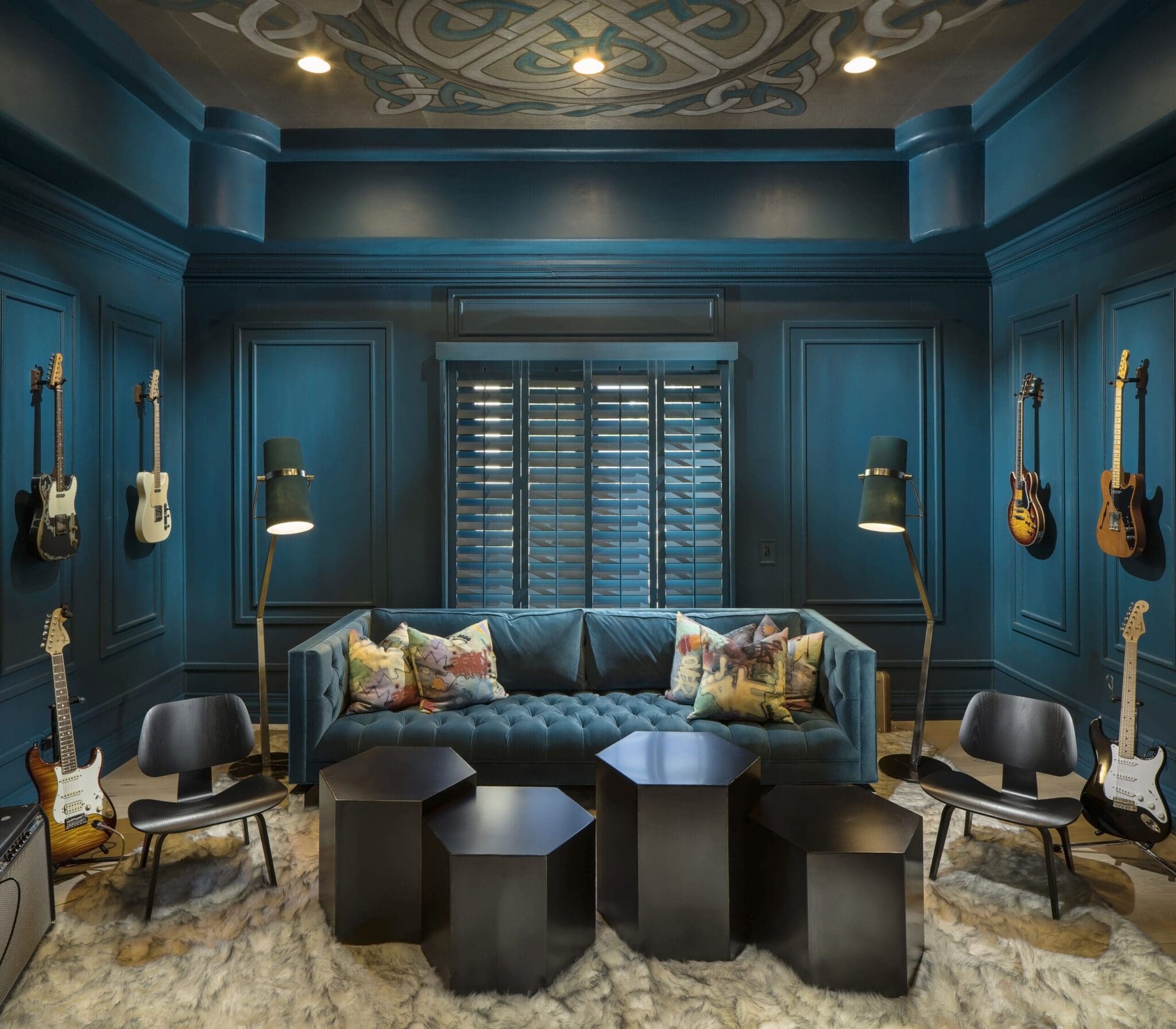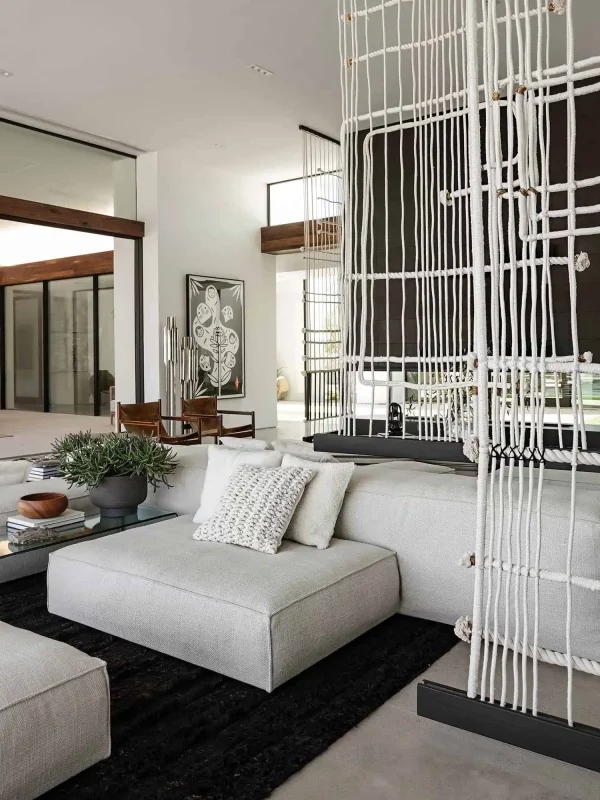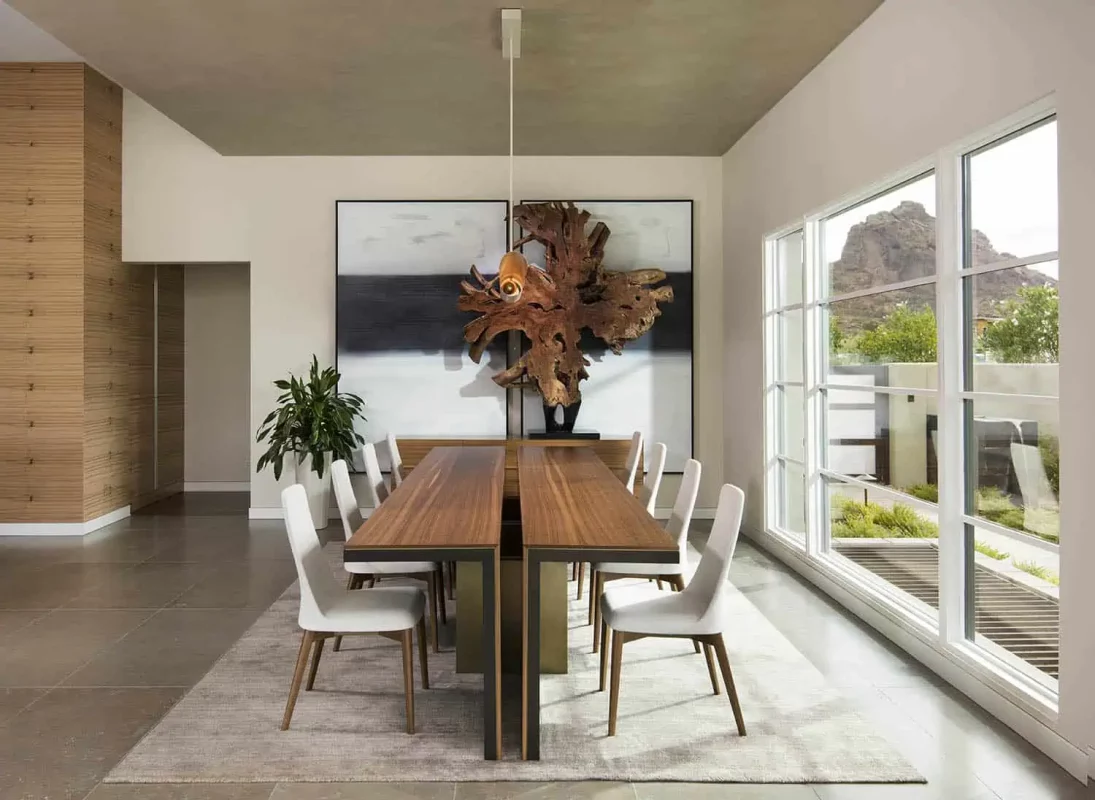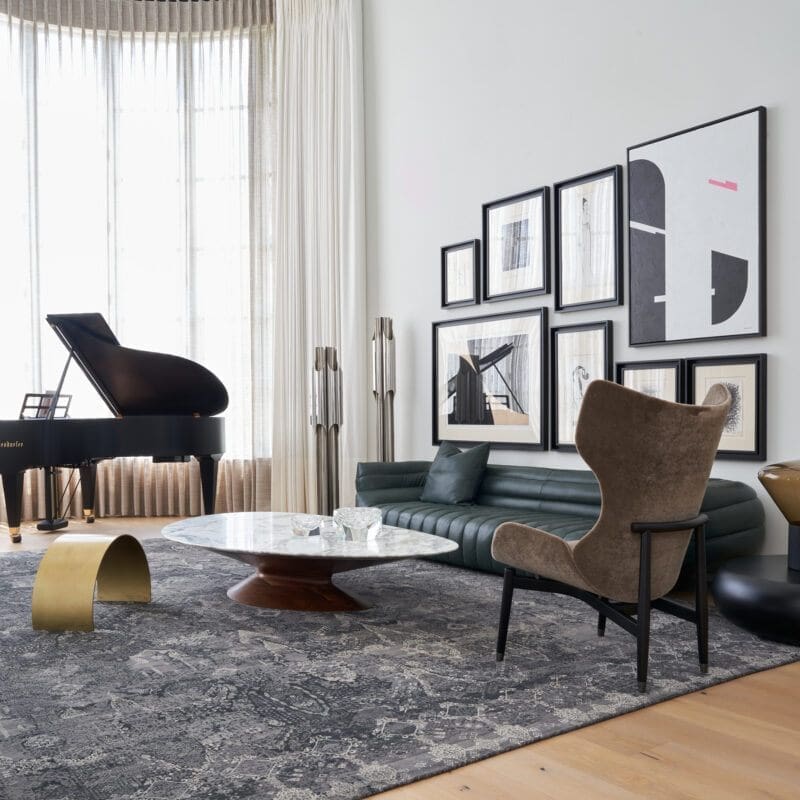Humans have a natural, instinctual reaction to color. Of course, our preferences may be based on our own childhood experiences or cultural influences, and may change over time, but the power of color cannot be underestimated. There have even been studies observing neural reactions to different colors. Let’s ponder some of the rainbow’s hues and the possibilities they hold in our homes.
Red
Red is seen as a positive, stimulating color that stirs up passion and energy in those who see it. Conversely, it can be seen as an aggressive color, so it should be used with a specific intention. In Asian cultures it is considered good luck! And it’s always nice to add a bit of drama to liven up a space.
Pink
Red’s little sister is pink. This is considered more feminine, at least in spaces, not necessarily in fashion any more. When it’s a bit more saturated, it becomes fuchsia, which is considered more of a power color. It is interesting, however, to know that studies show that pink can be calming for around 30 minutes then make someone irritable for around 30 minutes and back to calm.
When Pantone, the world’s authority on color announced Living Coral as the color of the year, I knew a neutral base would be the best way to showcase this bright hue, which is a warm, peachy orange with gold undertones. If you are going to use a trendy color, I suggest accessorizing with it so you can replace it when it feels dated. For a larger impact, go ahead and paint a wall. The right paint color can completely transform a space and it’s so easy and inexpensive to redo, so don’t be afraid!
Yellow
I have grown to absolutely love yellow myself. It is a cheerful and positive color that brightens a dark space and brings in that feeling of sunshine and happiness. I do notice that clients tend to shy away from it because it is a strong color and it takes some convincing to understand how to use it. Just like Van Gogh’s Lilies focuses on the blues of the flower, they would not stand out the way they do if it weren’t for the yellow. Appropriate use of color is not just the use of one color but the way in which colors—and even textures—combine to create an overall aesthetic.
Blue
Blue is another favorite for interior spaces. It reminds us of the ocean, the sky; nature in general. Clients find that to be exceptionally restful. Blue is considered to inspire trust and safety. That’s why lots of banks and even politicians use it frequently. When the tone becomes a spa blue, it really comes across as a peaceful respite from the hectic world.
Purple
Purple and fuchsias are traditionally the color of royalty and majesty, and symbolize opulence and luxury. I find my clients either love it or hate it! When mixed with dusky neutrals, it has the ability to transform spaces overflowing with sophistication and luxury.
Neutral Shades
Then we have neutrals, which I have noticed typically polarize my clients into either warm or cool contingencies. I love the subtle tension created by blending the two, which adds more depth to a space.
Grays have saturated the decorating market for the last few years. I like to counter this fad-like following by using more sophisticated tones of grey such as truffle or mushroom. It’s classic and plays well with any accent desired.
White
My most favorite color, or noncolor, is white. White reflects all light waves so technically it’s an all-color. I find it to be very sophisticated, as it relies on the use of other design principles to make it a strong design. When the palette takes a back seat to design, you notice texture, scale, balance and other more complicated design elements to carry your aesthetic statement.
Black
And then we have black—the color of Manhattan, pure sophistication and sexiness. Strong and bold, everything is sleeker and more fabulous in black.
The main story here is to open your mind and explore some new ways to express yourself. Go ahead and be bold! Watch as colors you never before imagined, transform your space in a way you love.







